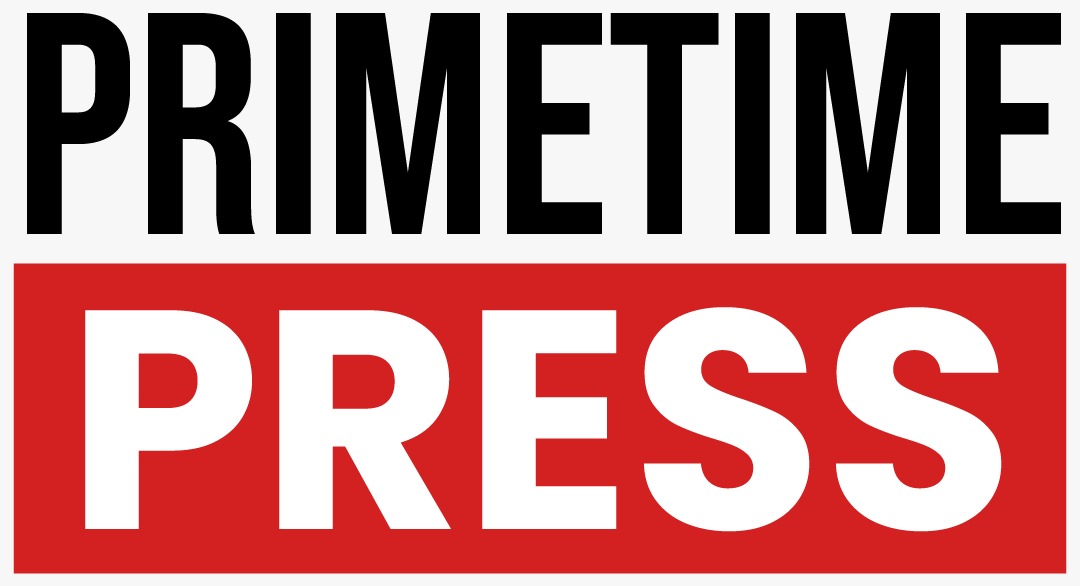U.S. Economy Contracts in Q1 2025: An In-Depth Analysis
The U.S. economy experienced a contraction of 0.3% in the first three months of 2025. This decline comes amid rising import levels at the beginning of President Donald Trump’s second term, aligned with ongoing trade tensions.
Understanding GDP Trends
According to the latest data from the Commerce Department, Gross Domestic Product (GDP) fell at an annualized rate of 0.3%, marking the first negative growth quarter since the first quarter of 2022. Economists had anticipated a modest growth of 0.4%, following a robust 2.4% GDP increase in the fourth quarter of 2024.
Notably, a significant spike in imports, rising by 41.3%, contributed to this downturn. This increase included a striking 50.9% surge in goods, representing the most significant growth outside the Covid-19 pandemic since 1974. As imports detract from GDP figures, this development may indicate a potential reversal in subsequent quarters.
The Dynamics of Consumer Spending
Consumer spending, a crucial component of GDP, saw a deceleration, increasing by only 1.8%—the slowest growth since the second quarter of 2023. This figure follows a 4% rise in the previous quarter. However, data for March revealed a 0.7% increase in consumer spending, surpassing the 0.5% estimate.
Investment and Government Spending Insights
Private domestic investment exhibited significant growth, rising by 21.9%. Equipment spending alone surged by 22.5%, suggesting potential preemptive measures taken by businesses in anticipation of tariffs. Conversely, federal government spending fell by 5.1%, impacting GDP by approximately one-third of a percentage point.
Trade Policy Implications
Recent policy decisions have led to uncertainty in trade, particularly following President Trump’s announcement of a 10% tariff on imports in early April. Although these duties were briefly suspended for negotiations, the economic atmosphere remains tense.
Inflation Considerations
The recent GDP report presents a mixed picture for the Federal Reserve, particularly with inflation rates climbing. The personal consumption expenditures price index, which the Fed closely monitors, showed a 3.6% rise for the quarter, up from 2.4% in the previous quarter. Excluding food and energy, this core measure was noted at 3.5%. Despite the contraction, market expectations still lean toward potential interest rate cuts later this year.
Looking Ahead
This contraction raises the stakes for the Trump administration as trade negotiations continue. Analysts point out that the conventional definition of a recession typically involves two consecutive quarters of negative growth. However, the National Bureau of Economic Research employs a broader definition, considering sustained declines in economic activity.
Conclusion
As the U.S. navigates these tumultuous economic waters, with a mixed bag of consumer spending and investment, the outlook remains uncertain but closely monitored by policymakers and analysts alike. Upcoming employment statistics will further clarify the economic landscape.

